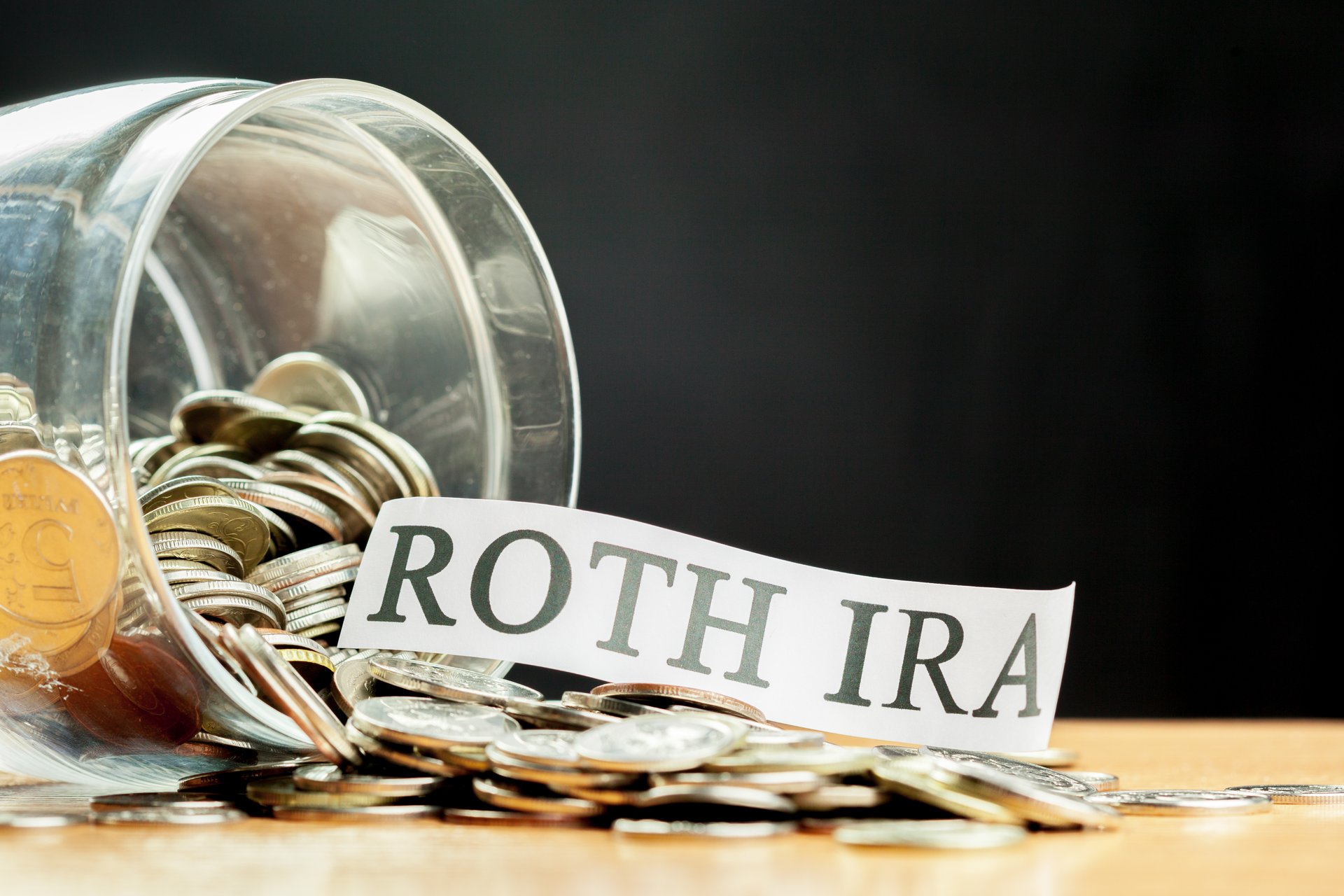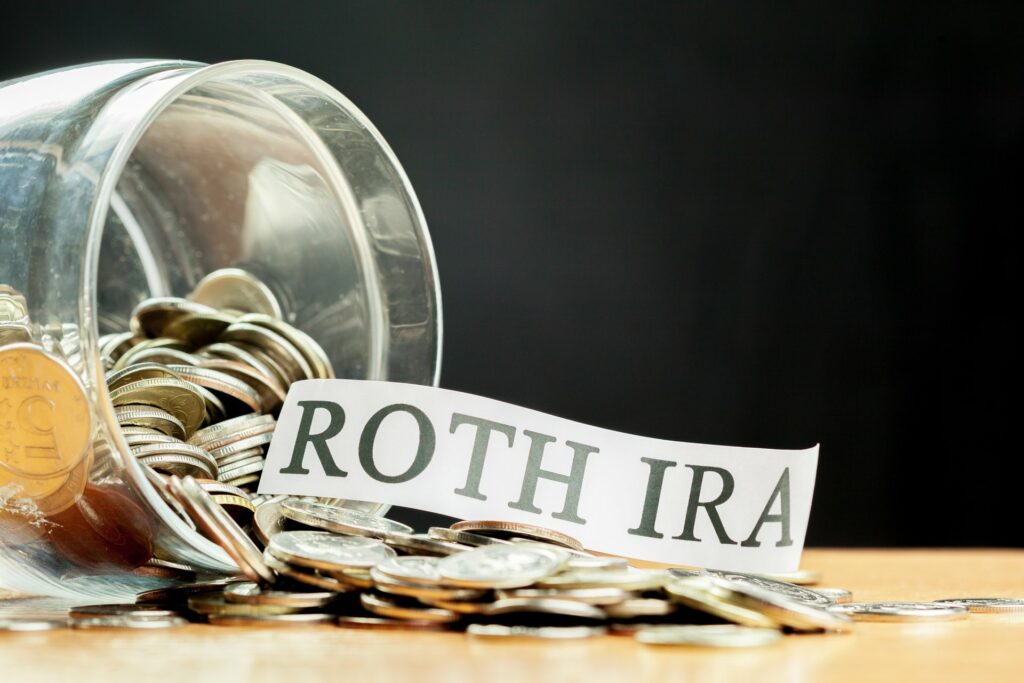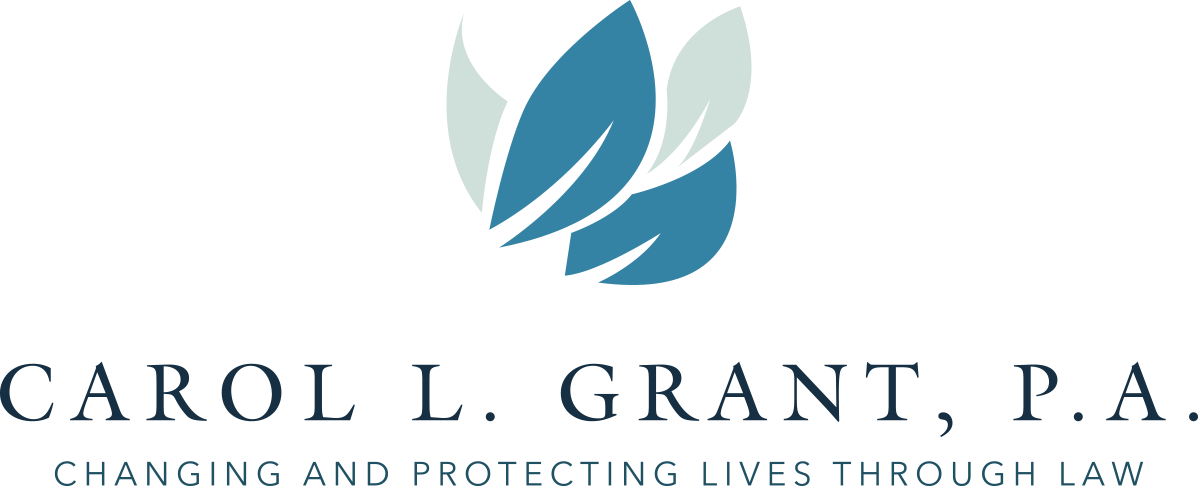While it may seem like only the ultra-wealthy benefit from a Roth IRA, this retirement tool is an excellent tax shelter that anyone can use, reports CNBC.com in the recent article “The ultra-wealthy have made full use of Roth individual retirement accounts. Here’s how you can do the same.” One of PayPal’s founders, Peter Thiel, had $5 billion in a Roth IRA as of 2019, according to a ProPublica report. It said that he used a self-directed Roth account, which allows the owner to hold alternative assets, like shares in a private company or real estate that generally can’t be placed in a regular Roth. 
Traditional 401(k) plans and IRAs offer a tax break, when contributions are made. Taxes are paid upon withdrawal, which is supposed to happen only after a certain age when you’ve retired. By contrast, the Roth versions of the 401(k) and IRA don’t have the tax break up front—you have to pay taxes on the money or assets when making contributions—but there are no taxes paid upon withdrawal, and there are no required withdrawals, as there are with traditional IRAs and 401(k)s.
You pay income taxes on the money placed into the account, and then it grows tax free. You can take it out anytime, as long as the account has been owned for at least five years and you are age 59½ or older. Self-directed Roth IRAs permit tax-free growth and untaxed distributions plus investments can be made that are not available in regular Roth accounts.
Theil had private company shares in his self-directed Roth IRA, before PayPal was a publicly traded company. He benefited from both timing and savvy investment skills.
Self-directed IRAs are generally available only through specialized custodians. Brand-name financial companies don’t offer them. The custodians that hold self-directed IRAs do not manage the account or police what investments are placed into the accounts, so you’ll need the advice of a tax-savvy estate planning attorney to be sure you are following the rules. Note that there can also be valuation issues. The value of alternative assets is not as clear as publicly traded securities. You’ll need to get the value right, so you don’t break any tax laws. Once assets are in the account, you can sell them and use the proceeds to purchase other instruments in the account, all under the same tax-free Roth protection.
Even if you don’t use a self-directed Roth IRA, the standard Roth IRA yields many benefits. We don’t know what the future tax environment will be, but tax-free withdrawals in the future, combined with high-growth assets, make the Roth IRA a good choice for retirement nest eggs.
Reference: CNBC.com (June 24, 2021) “The ultra-wealthy have made full use of Roth individual retirement accounts. Here’s how you can do the same”








